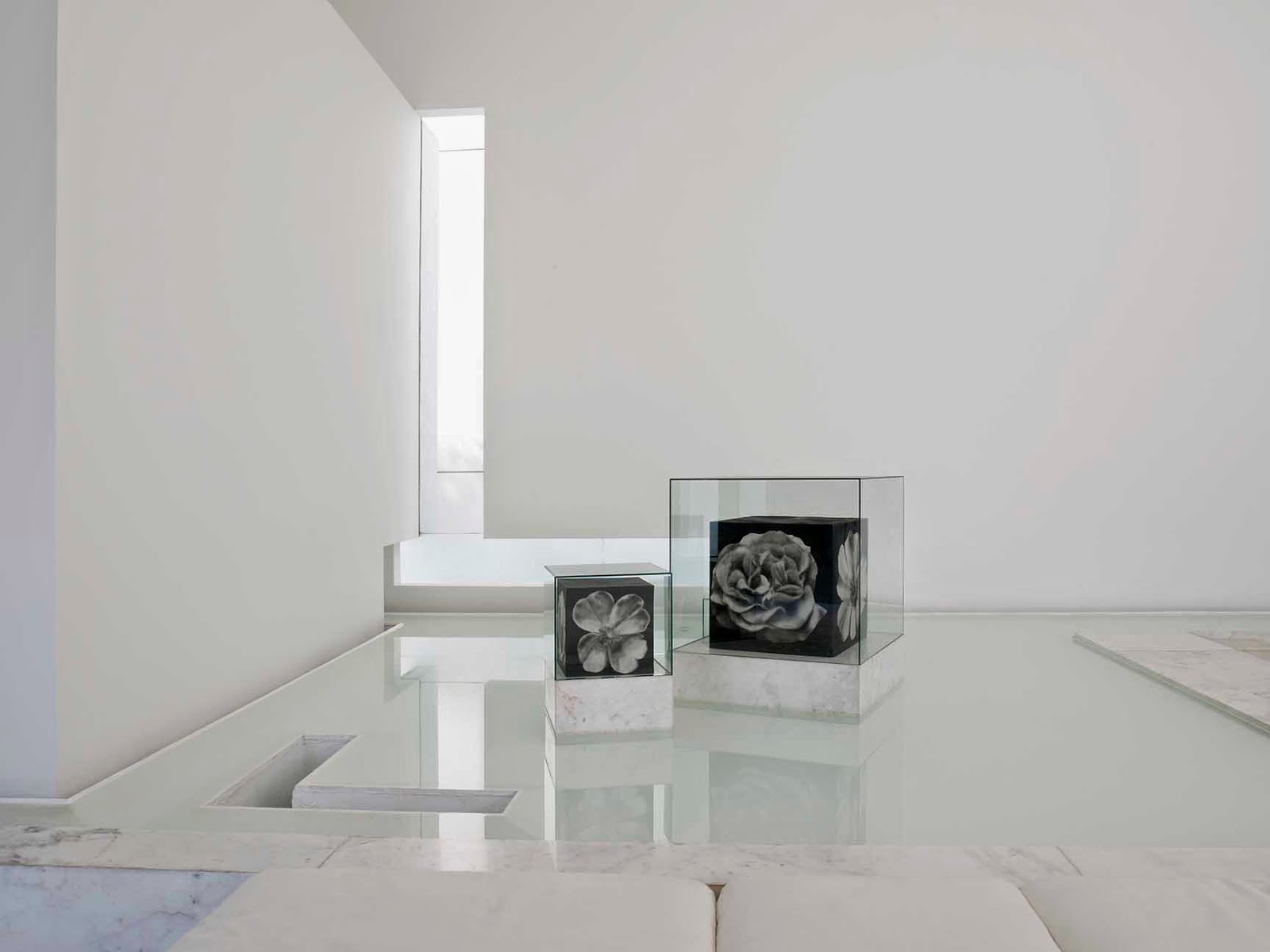This Week For Your Enjoyment, a Brilliant New and Provocative Vintage Catalog from Obsolete, the great Venice, California gallery.
Obsolete is Showcasing a Rare Collection of Centuries-old Work Tables That Celebrate the Nobility of Hard Work.
Bravo, Ray Azoulay.
Come with me this week on an exciting adventure—discovering great and eccentric old raw-wood tables and benches. They’re elegant, practical, handmade, funky, severe, witty, time-traveling.
See these beauties, and then sit down with me for a private chat with Ray Azoulay, who leads the way with vintage ideas. Let’s see what’s on his mind.
Ray Azoulay has just created the most thought-provoking and inspiring new catalog, WORK.
The new Obsolete catalog honors and celebrates handsome and highly functional old and antique and …yes, obsolete… hand-wrought work equipment and furniture crafted in massive timber, from around the world. Tables. It’s a bold new perspective in design—and sure to set trends.
They were all site specific, work specific, and made with pride and with a precise purpose. Each is one-of-a-kind…authentic and real.
The pure and classical style of Jesse Stone’s images remind me of Snowdon’s mid-career perfection or even Helmut Newton’s early work. They are sensual yet understated, pure and yet full of emotion and humanity.
Ray’s concept: superbly crafted workshop or factory furniture with chips and nicks that has withstood the wear of time. These are pieces from another era far away from today’s teched-up world and that makes them so immediately likeable.
They were found all over the world—in dusty attics, in fusty old barns, in forgotten warehouses. They were dusted off a bit, but not touched up. Great.
This is not today's hardedge ‘industrial’ style—but rather a throw- back to the time when worktables or benches or trolleys or multi-functional surfaces were handcrafted from wood. Think of these as pre-industrial’ and timeless. Classic. Rare. Singular.
There are massive raw wood work tables from Belgium and in-their-juice century-old timber pieces Ray trucked back from France. Several pieces were found in an old building in Malibu.
On the pages of the new WORK catalog are startlingly modern old wooden shelving and uncompromisingly functional wood objects.
He’s dug them up and he’s uprooted and dragged back from remote parts of the US—wherever there was a working person defiantly stylish, practical, inventive, original, and good with a hammer and saw.
The honesty and nobility of this well-designed and humble work equipment make these inspiring. I can see one of the elongated tables taking pride of place in a Neutra-designed living room in LA, or placed with reverence against a blank white wall in an art gallery in New York, or used with a sense of style and irony in a historic house in Houston or a restaurant in San Francisco.
Ray sent me the images of his new gallery pieces—and my head exploded.
Take a close look at Ray’s superb and elegant and truly uplifting new catalog. Admire the photography by Jesse Stone.
I chatted recently with the great and restless and gregarious and inventive and far-seeing Ray Azoulay, the founder of Obsolete.
Here’s what he told me.
“In my past life I lived in New York City as a fashion director for menswear. It was a wonderful learning experience. Then I moved to Venice Beach, California.”
“Obsolete began 13 years ago as a science experiment. My concept was fine art and antiques and vintage all co-existing in wonderful synergy, informing each other and jostling. We found that contemporary artists often were inspired by the past and we had collections from the past. We soon began to see the relationships of these items from the 17th -19th century and the works of artists we represented, the work of Ethan Murrow, Robert and Shana Parke Harrison, Ron Pippin to name a few.”
“Obsolete has continued to evolve in our fine art selections as well as the one of a kind unique pieces.”
“We have been of the belief that this planet really does not need to manufacture one more of anything, not another chair, table, lamp, blue jeans, t-shirt, so we have searched the world for dynamic pieces that are centuries old and have great soul and character. We do not believe in adding to or supporting the design pollution that can be so prolific in so many giant retailers.”
“Everything at Obsolete is considered for form, design, and re-imagined purpose.”
“Its placement, the way it is lit, the way it is photographed. No rules, no procedures, no titles and especially NO MEETINGS. Free to do what we feel is inspiring.”
“We have been motivated by the power of the worldwide web and it's endless potential. We are updating and enhancing our web site weekly, and we connect through so many social media platforms. We try to bring the magic that exists in our four walls to a tablet and iPhone. Our latest catalogs are meant to be read on an iPad or mobile device or the perfect example--THE STYLE SALONISTE.”
“Imagery on the web is so strong and so exciting. We are thrilled to be part of this motion....We look forward to remaining relevant and inspiring.”
Obsolete is Showcasing a Rare Collection of Centuries-old Work Tables That Celebrate the Nobility of Hard Work.
Bravo, Ray Azoulay.
Come with me this week on an exciting adventure—discovering great and eccentric old raw-wood tables and benches. They’re elegant, practical, handmade, funky, severe, witty, time-traveling.
See these beauties, and then sit down with me for a private chat with Ray Azoulay, who leads the way with vintage ideas. Let’s see what’s on his mind.
Ray Azoulay has just created the most thought-provoking and inspiring new catalog, WORK.
The new Obsolete catalog honors and celebrates handsome and highly functional old and antique and …yes, obsolete… hand-wrought work equipment and furniture crafted in massive timber, from around the world. Tables. It’s a bold new perspective in design—and sure to set trends.
They were all site specific, work specific, and made with pride and with a precise purpose. Each is one-of-a-kind…authentic and real.
The pure and classical style of Jesse Stone’s images remind me of Snowdon’s mid-career perfection or even Helmut Newton’s early work. They are sensual yet understated, pure and yet full of emotion and humanity.
Ray’s concept: superbly crafted workshop or factory furniture with chips and nicks that has withstood the wear of time. These are pieces from another era far away from today’s teched-up world and that makes them so immediately likeable.
They were found all over the world—in dusty attics, in fusty old barns, in forgotten warehouses. They were dusted off a bit, but not touched up. Great.
This is not today's hardedge ‘industrial’ style—but rather a throw- back to the time when worktables or benches or trolleys or multi-functional surfaces were handcrafted from wood. Think of these as pre-industrial’ and timeless. Classic. Rare. Singular.
There are massive raw wood work tables from Belgium and in-their-juice century-old timber pieces Ray trucked back from France. Several pieces were found in an old building in Malibu.
On the pages of the new WORK catalog are startlingly modern old wooden shelving and uncompromisingly functional wood objects.
He’s dug them up and he’s uprooted and dragged back from remote parts of the US—wherever there was a working person defiantly stylish, practical, inventive, original, and good with a hammer and saw.
The honesty and nobility of this well-designed and humble work equipment make these inspiring. I can see one of the elongated tables taking pride of place in a Neutra-designed living room in LA, or placed with reverence against a blank white wall in an art gallery in New York, or used with a sense of style and irony in a historic house in Houston or a restaurant in San Francisco.
Ray sent me the images of his new gallery pieces—and my head exploded.
Take a close look at Ray’s superb and elegant and truly uplifting new catalog. Admire the photography by Jesse Stone.
Insight and Inspiration: A Chat with Ray Azoulay
I chatted recently with the great and restless and gregarious and inventive and far-seeing Ray Azoulay, the founder of Obsolete.Here’s what he told me.
“In my past life I lived in New York City as a fashion director for menswear. It was a wonderful learning experience. Then I moved to Venice Beach, California.”
“Obsolete began 13 years ago as a science experiment. My concept was fine art and antiques and vintage all co-existing in wonderful synergy, informing each other and jostling. We found that contemporary artists often were inspired by the past and we had collections from the past. We soon began to see the relationships of these items from the 17th -19th century and the works of artists we represented, the work of Ethan Murrow, Robert and Shana Parke Harrison, Ron Pippin to name a few.”
“Obsolete has continued to evolve in our fine art selections as well as the one of a kind unique pieces.”
“We have been of the belief that this planet really does not need to manufacture one more of anything, not another chair, table, lamp, blue jeans, t-shirt, so we have searched the world for dynamic pieces that are centuries old and have great soul and character. We do not believe in adding to or supporting the design pollution that can be so prolific in so many giant retailers.”
“Everything at Obsolete is considered for form, design, and re-imagined purpose.”
“Its placement, the way it is lit, the way it is photographed. No rules, no procedures, no titles and especially NO MEETINGS. Free to do what we feel is inspiring.”
“We have been motivated by the power of the worldwide web and it's endless potential. We are updating and enhancing our web site weekly, and we connect through so many social media platforms. We try to bring the magic that exists in our four walls to a tablet and iPhone. Our latest catalogs are meant to be read on an iPad or mobile device or the perfect example--THE STYLE SALONISTE.”
“Imagery on the web is so strong and so exciting. We are thrilled to be part of this motion....We look forward to remaining relevant and inspiring.”
Inside Obsolete: Ray's Great Experiment
When you are in Los Angeles, you must visit:
222 Main Street
222 Main Street
Venice, California 90291
Web: www.obsoleteinc.com
Email: [email protected]
Phone: 310.399.0024
CREDITS:
All photography used with express permission of Ray Azoulay, Obsolete, Venice Beach, California.
Photos by Jesse Stone, Los Angeles: [email protected]
Phone: 310.399.0024
CREDITS:
All photography used with express permission of Ray Azoulay, Obsolete, Venice Beach, California.
Photos by Jesse Stone, Los Angeles: [email protected]
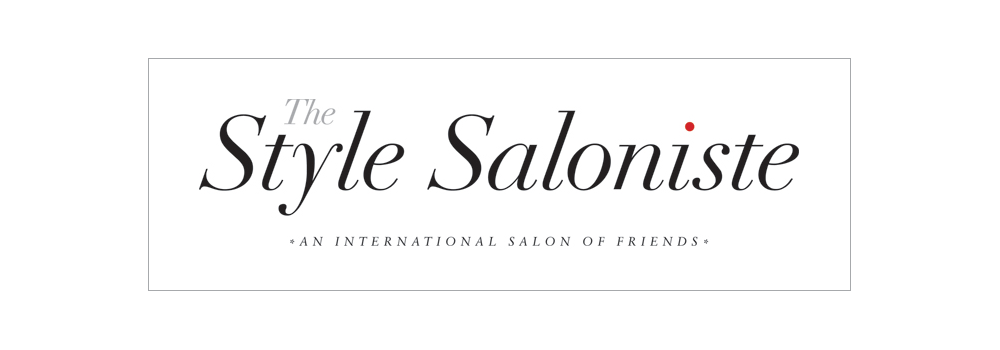







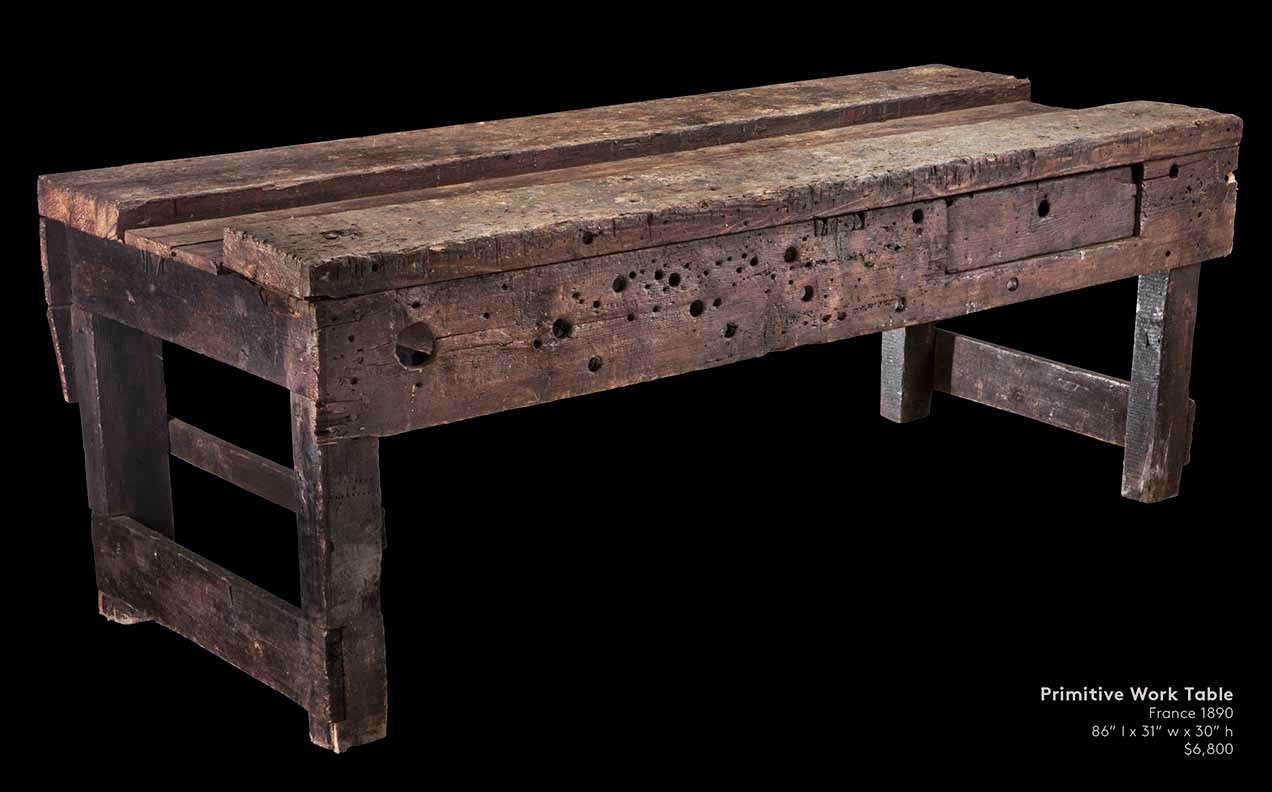

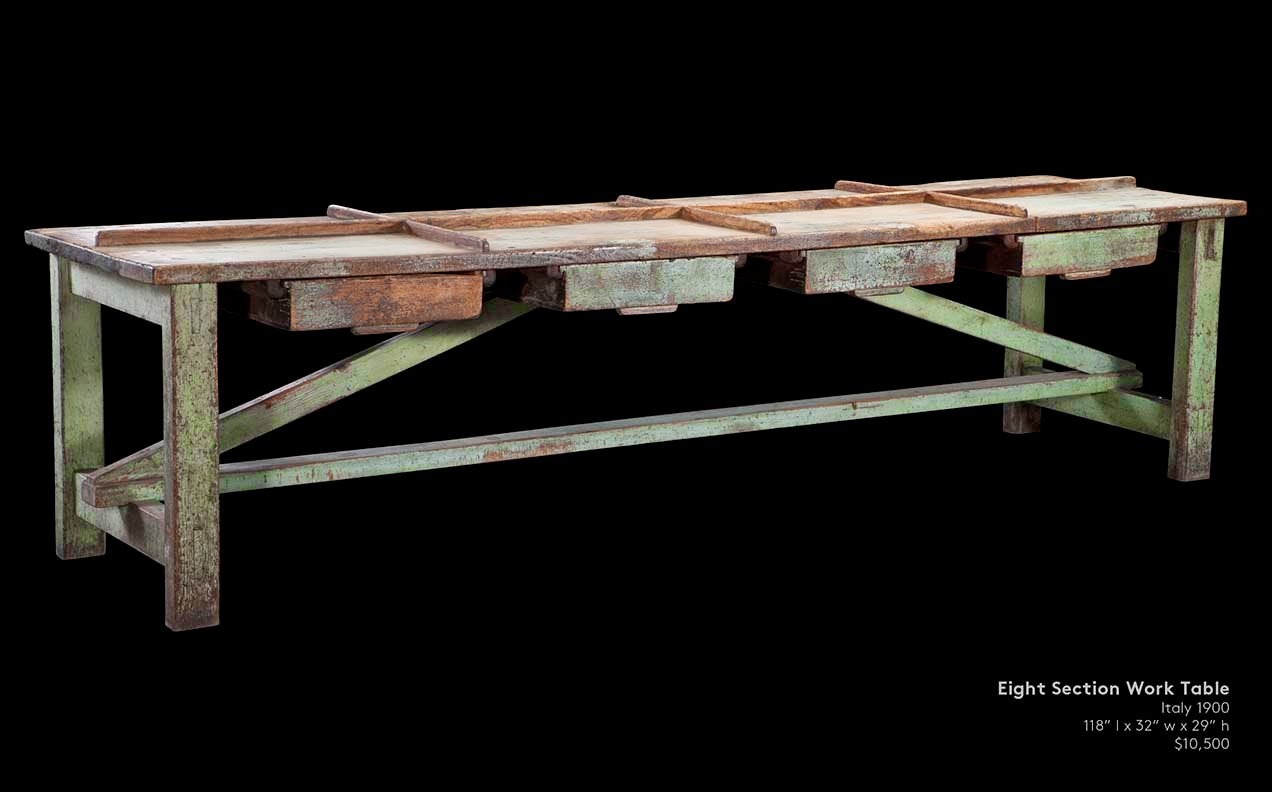








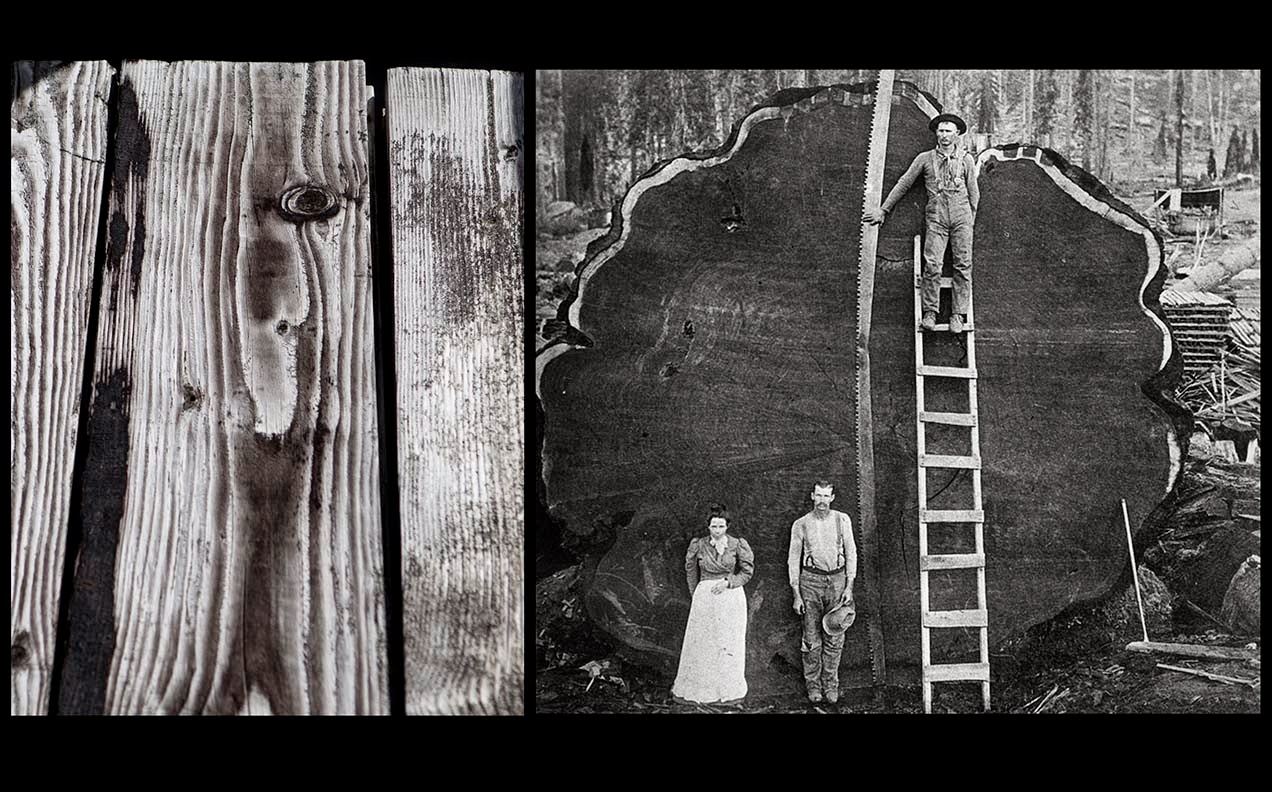
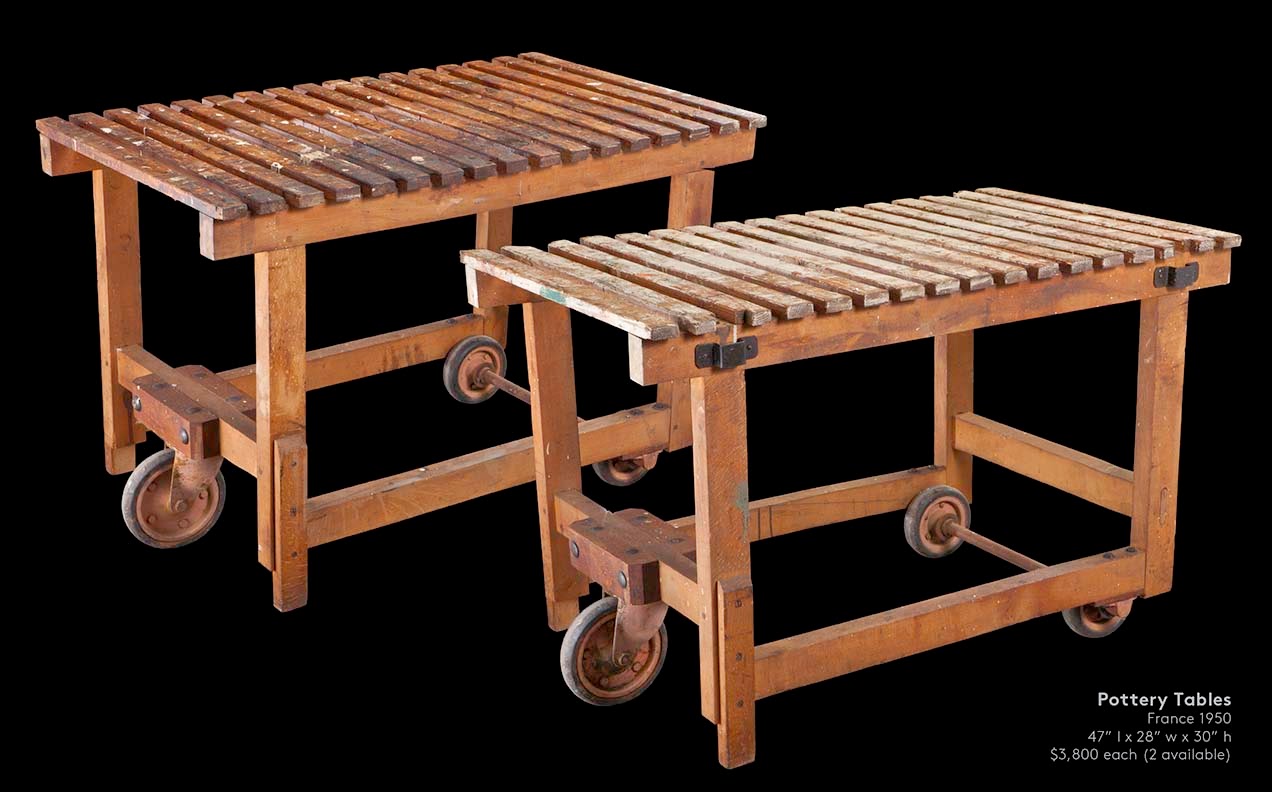





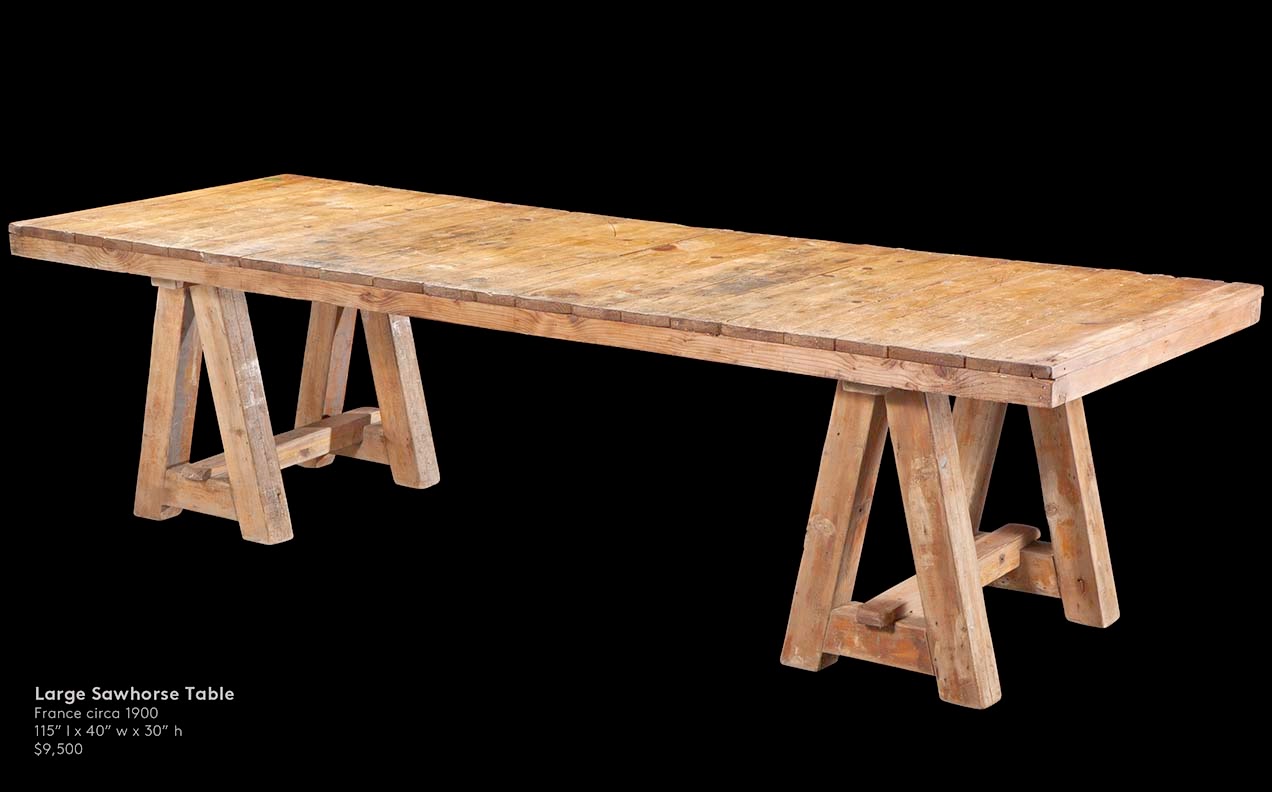

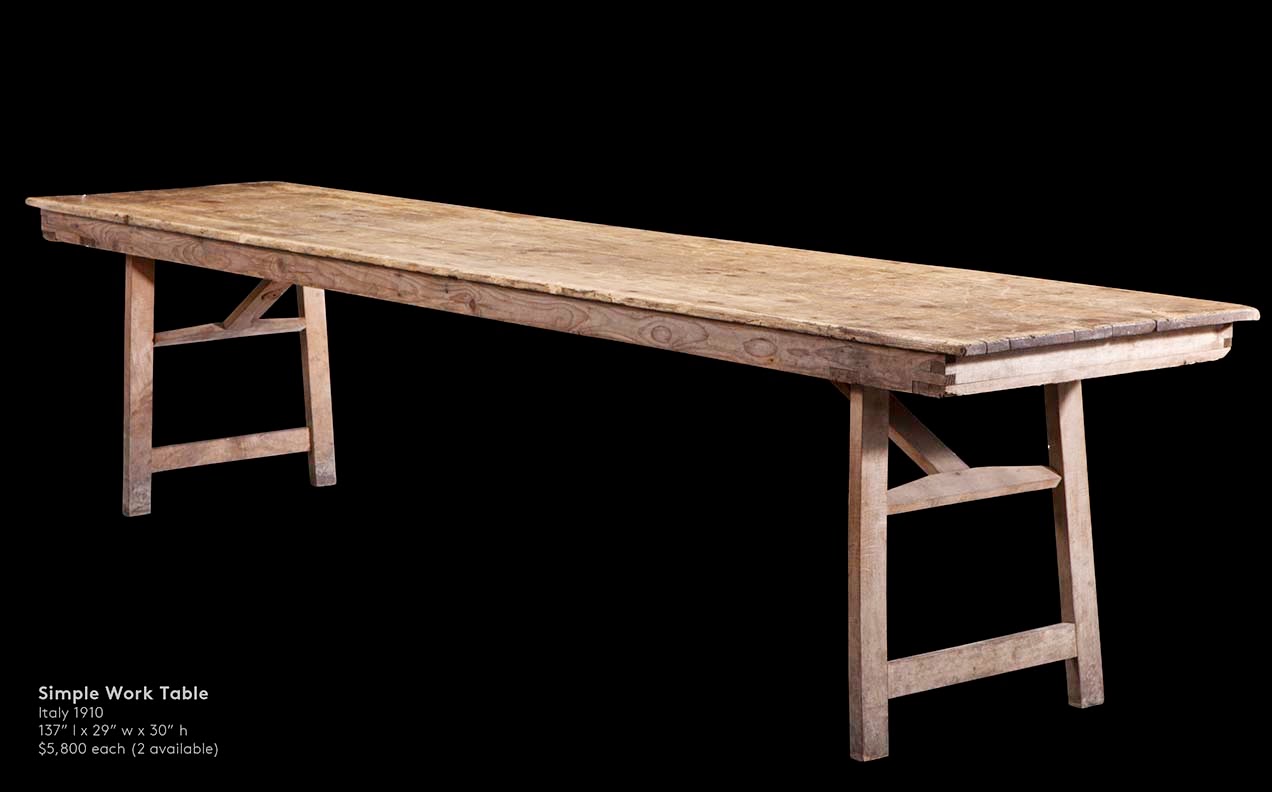


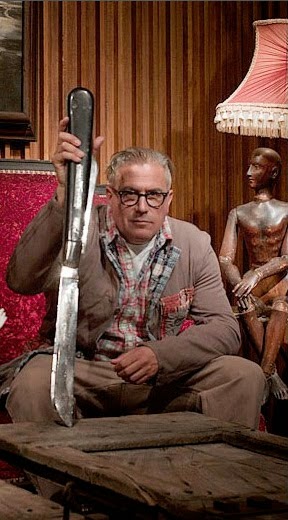
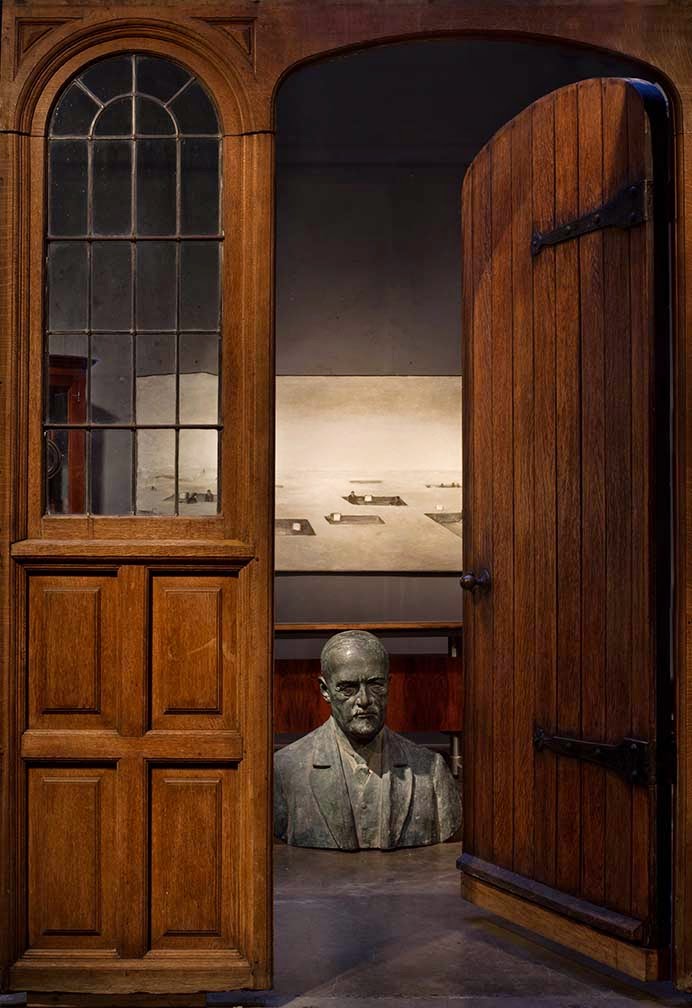.jpg)
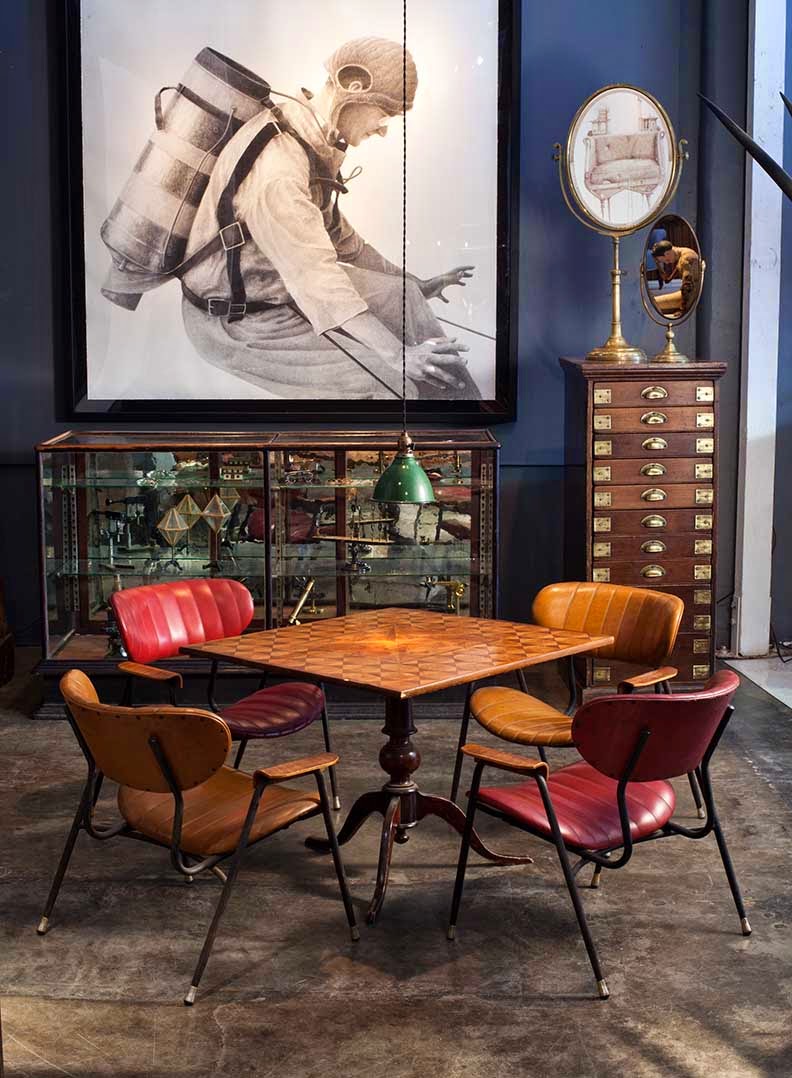.jpg)








